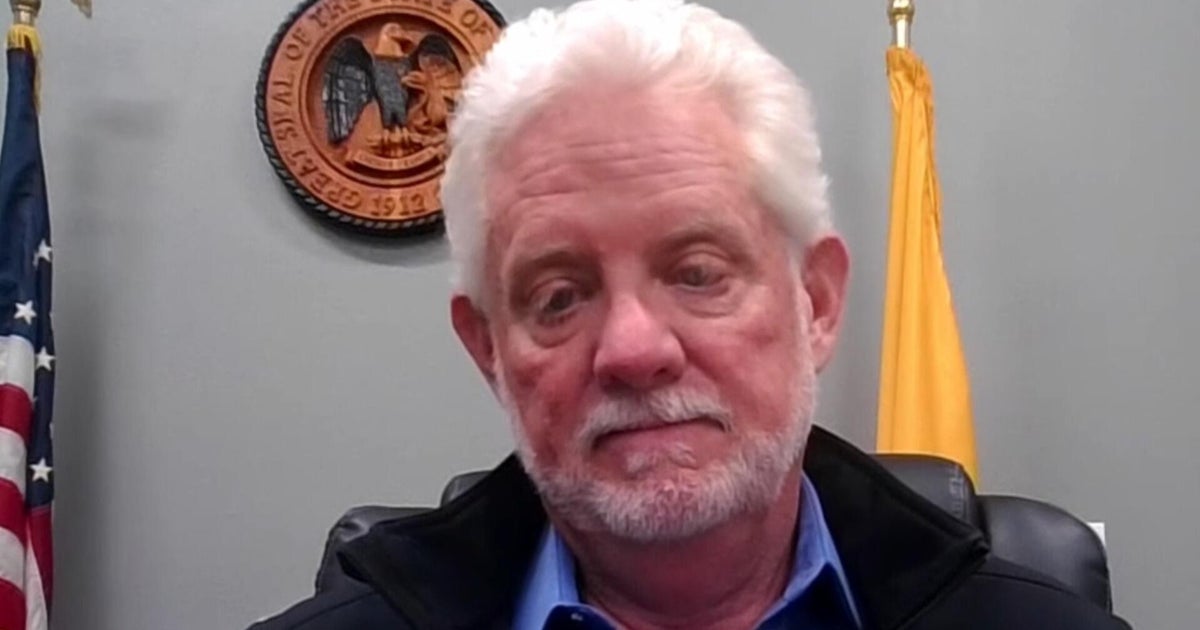There are no more important social and economic policy challenges in Australia today than housing and productivity. Nationally, there is a housing target of 1.2 million homes by 2030 to fix an affordability crisis for existing and future generations of Australians. Meanwhile, the federal government has convened a summit to turn around a decades-long decline in productivity.
Playing out across Australia, and particularly Sydney, is an issue that profoundly affects both of these challenges, and it has been building for the past decade. Like new roads and energy infrastructure, new water and wastewater pipes and infrastructure must be built to accommodate new housing.

The decade of pipes and poles for a growing city? Sydney’s success may depend on it. Credit: Nick Moir
NSW Treasurer Daniel Mookhey has described the years ahead as the decade of pipes and poles. Data centres, the new building block of productivity, need secure water sources just as much as they need energy and land. Data centres of the future will be among the biggest water users in any capital city in Australia, and dozens are expected in major cities over the next decade.
In Sydney, against a backdrop of criticism for not keeping pace, Sydney Water has proposed to spend $15 billion over five years to maintain ageing infrastructure, meet the housing needs of a rapidly growing city and ensure a resilient and secure supply of water.
However, in its draft decision, the NSW pricing regulator, IPART, has proposed a cut of $5.9 billion, or 35 per cent, over the next five years – one of the largest cuts to proposed water investment we’ve seen for a generation. IPART’s draft determination has cut investment for housing-related infrastructure by $3.2 billion over those five years compared with what Sydney Water proposed.
Loading
Like many others, the Water Services Association of Australia, which I lead, has raised concerns that delaying investment risks a lack of new water and wastewater connections placing a handbrake on housing and productivity in Sydney. While Sydney is the focus of friction now, we’ve been highlighting for some time the funding constraints that exist across the industry.
The National Performance Report for the urban water sector was released this year by the Bureau of Meteorology. It went unreported in the media. It shows two contrasting trends over the past decade: first, bills for water and wastewater services have remained flat; second, investment has been significantly increasing – water and wastewater capital expenditure during that period roughly doubled.
The flat bill trend is not sustainable. A step change in capital expenditure is required, with investment for housing being the biggest driver.
Different people will see different things in these trends. Economic regulators may see success at keeping prices low. State treasuries may see growing concerns about financial sustainability.
What my association sees is short-term decisions that do not support the long-term interests of water customers or the environment. The type of thinking that could lead us to a water crisis.

Pipe dreams … how much can a growing Sydney afford not to spend on water infrastructure? Credit: Nick Moir
Look no further than Britain or New Zealand if you want to see how this plays out. The UK government announced a new water commission to attract “the investment we need to clean up our waterways and rebuild our broken water infrastructure”. Like Australia, it followed a decade or more of flat prices. In New Zealand, there is a massive backlog of expenditure required to bring services up to acceptable standards.
Revenue and prices need to increase to allow the water sector to provide for future generations. Without increases, necessary investment cannot occur.
No one likes the price rises that are necessary to fund new infrastructure. Water utilities are acutely aware of their responsibilities to vulnerable customers and offer extensive support. But delaying critical infrastructure is not the way to deal with a cost-of-living crisis – and waiting doesn’t make things cheaper.
Loading
In NSW, IPART has the opportunity to get it right and approve the critical investment in Sydney’s water infrastructure in its final decision, due in September. Likewise, in all states and territories, regulators and governments shouldn’t kick the can down the road and delay investment and make future generations pay.
There is much to debate about the effectiveness of different government policies to promote housing and productivity. However, there should be no debate that providing basic infrastructure is an essential first step for both. It would be a tragic irony if, in a rush to remain a clever country by embracing the drivers of a new economy, we failed because we didn’t get basic water and wastewater infrastructure right.
Adam Lovell is executive director of the Water Services Association of Australia, the peak body for the urban water sector.
Most Viewed in National
Loading


















































